With an average lifespan of 25-30 years, a large proportion of wind turbines in the world are nearing the end of their useful life. Disposing of decommissioned wind turbines poses a major challenge in terms of minimizing environmental impact.
The world’s first wind farm was built in New Hampshire, USA in 1980. This was followed by the first offshore wind farm in Vindeby, Denmark (1991). The first onshore wind farm was in Cornwall, UK (1991). Since then, wind turbines have been installed around the world and are considered an important part of the green transition.
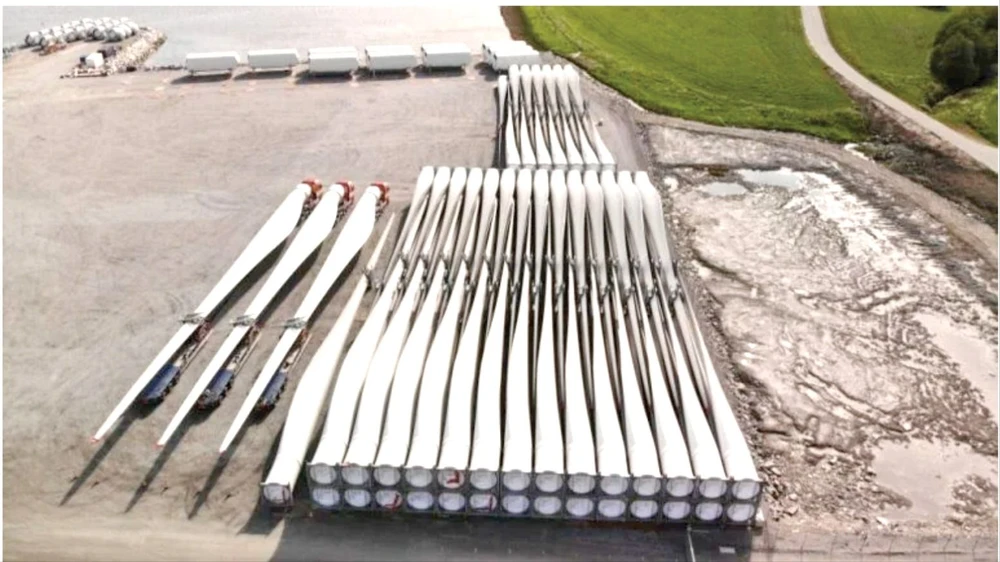
Consulting and analytics firm GlobalData estimates that there are currently more than 329,000 turbines in operation worldwide, with nearly 200,000 more in the pipeline. To date, more than 12,600 turbines have been decommissioned, and that number is set to rise rapidly.
The main material in wind turbines is steel, which is used for the tower, nacelle and foundation, accounting for 66%-79% of the structural material. Iron or cast iron accounts for 5%-17% and is used for the internal components of the nacelle; while copper, accounting for 1%, is used for the electrical wiring throughout the turbine.
Turbine blades are made of fiberglass-reinforced composites, which account for 11% to 16% of turbines, according to GlobalData analyst Harminder Singh. Decommissioning a wind turbine requires permits and approvals from relevant authorities and stakeholders.
After decommissioning, some of the project’s infrastructure, such as overhead lines, underground lines, and substations, can be reused. The blades, casings, or housings for the components involved in generating electricity, and the tower are all removed from the site entirely… The turbine foundations are removed so that the land can be reused for agricultural purposes. Most of the turbine components, such as concrete and metal, are sent to recycling plants, while many components, such as blades, are disposed of in landfills.
Up to 95% of the materials used in wind turbines are recyclable, including steel, aluminum, and copper. However, the fiberglass and epoxy resin that coat the blades are virtually impossible to separate from the materials that make up the blades. Traditionally, turbine blades, which can be more than 30 meters long, have been disposed of in landfills.
In the US, decommissioned wind turbine blades are mostly sent to a few landfills in Iowa, South Dakota or Wyoming. However, this option is becoming less and less viable as some countries, notably Germany and the Netherlands, have banned the practice.
With 800,000 tonnes of turbine blades ending up in landfills every year, the wind industry is facing an environmental problem, according to Energy Monitor. Meanwhile, the EU Waste Management Framework Directive, which designates landfills as the “least preferred waste management option,” calls for prevention and preparation for reuse, recycling and recovery.
Analysts say the sustainable disposal of synthetic wind turbine blade waste presents an opportunity for innovators. The blades and slats can be ground up for use as fuel in cement plants or as filler in construction. Reusing blades in playgrounds or bike sheds has also proven effective at the local level…
HAPPY CHI
Source
































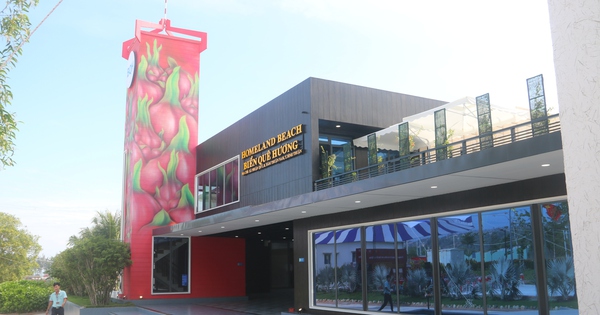




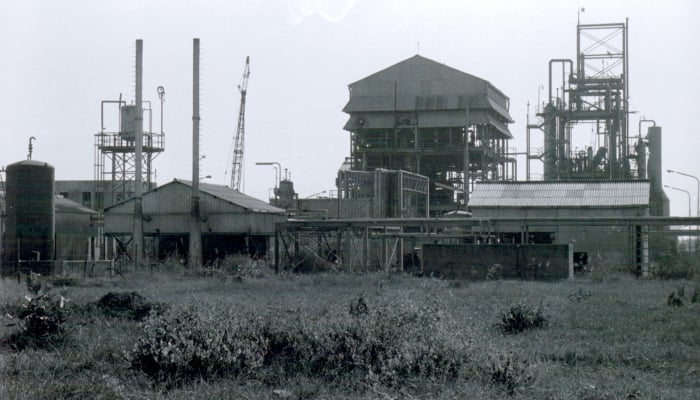






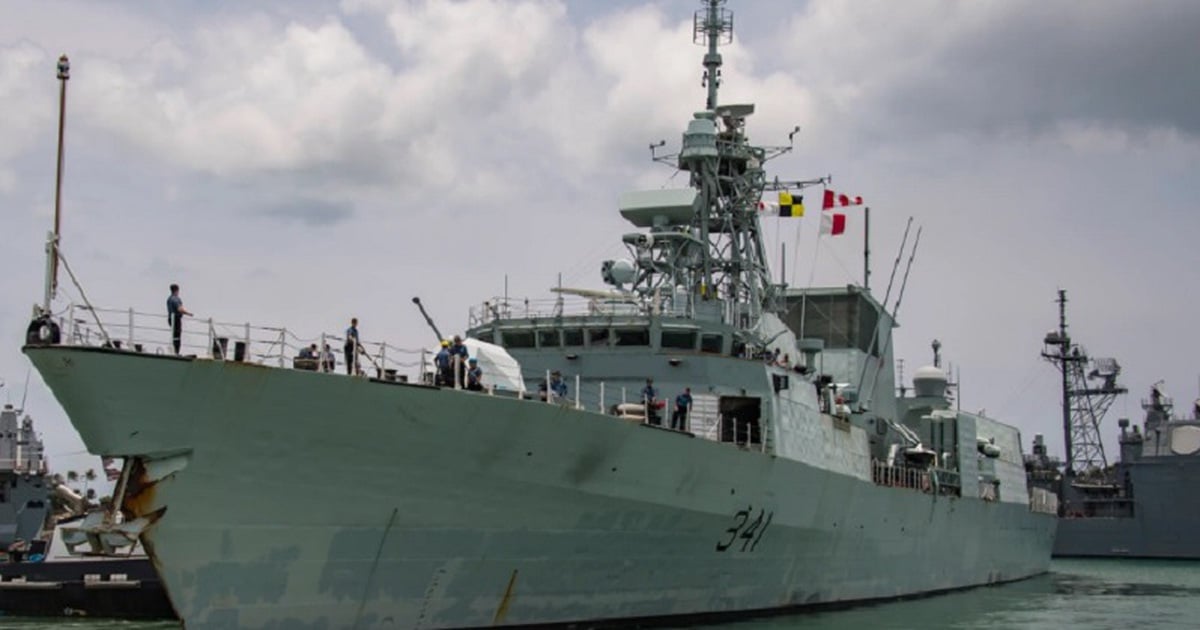
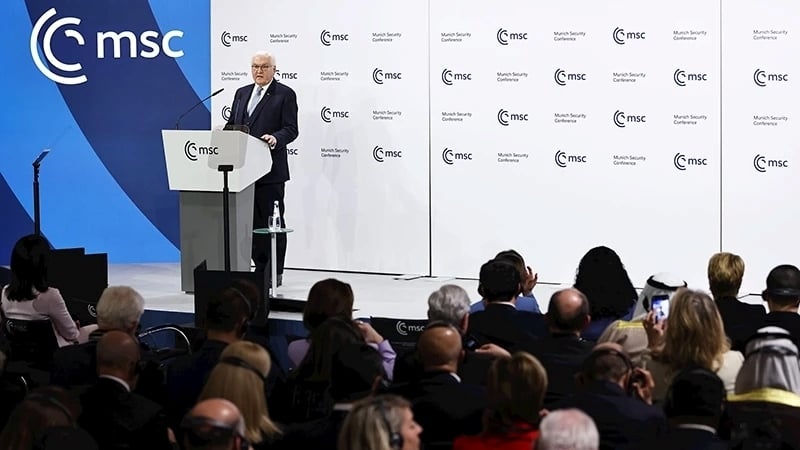
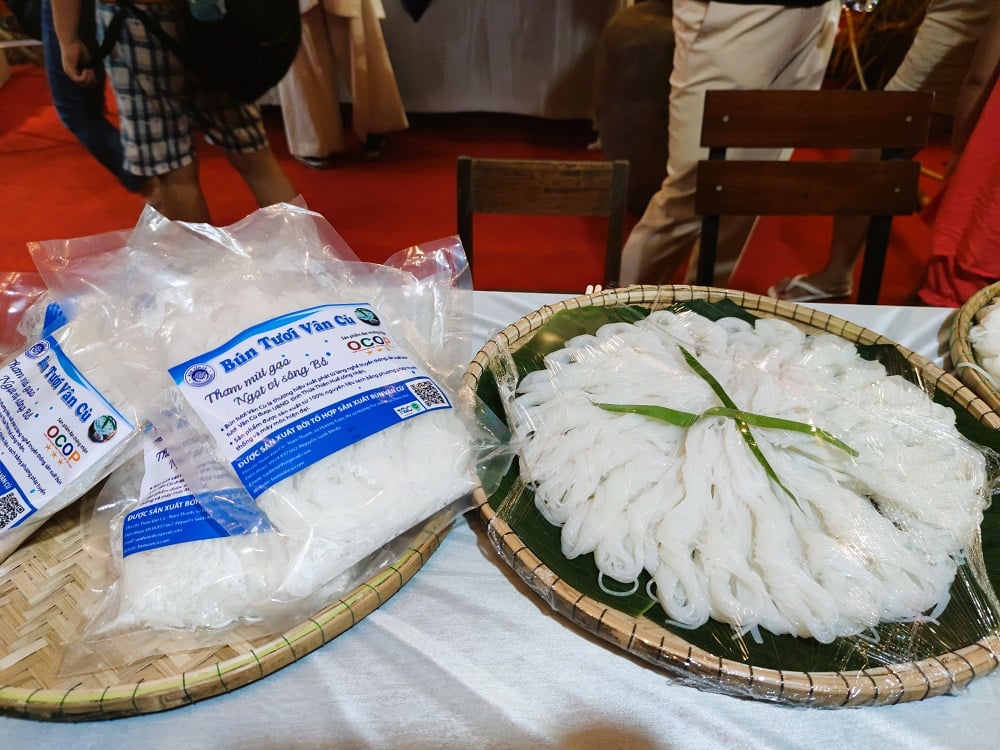







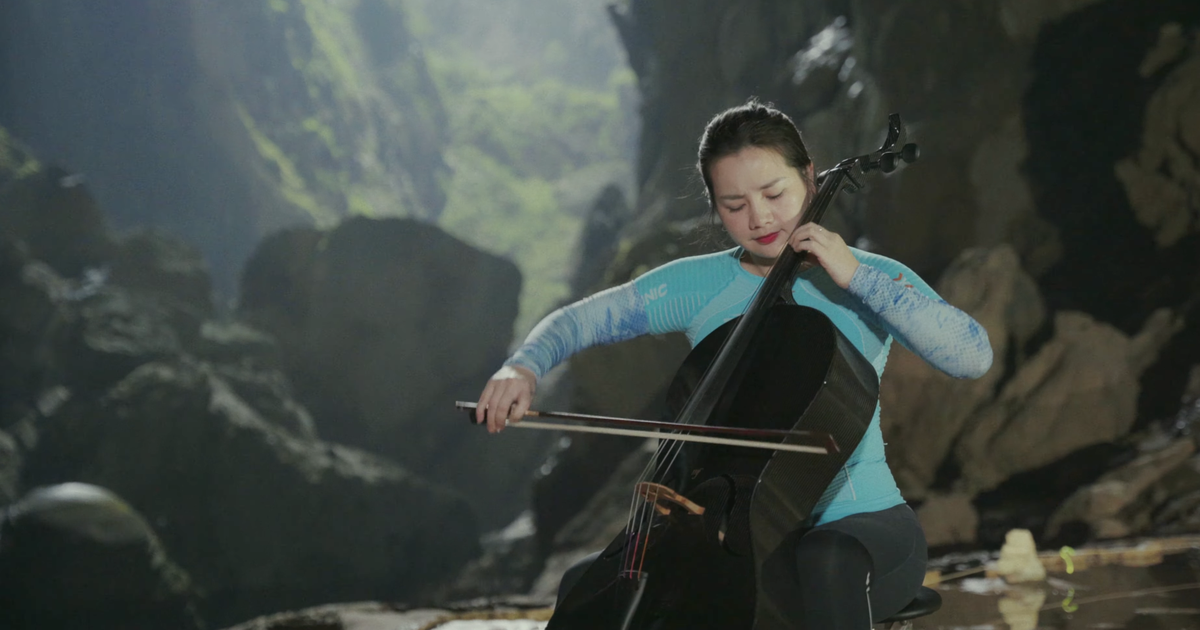










Comment (0)